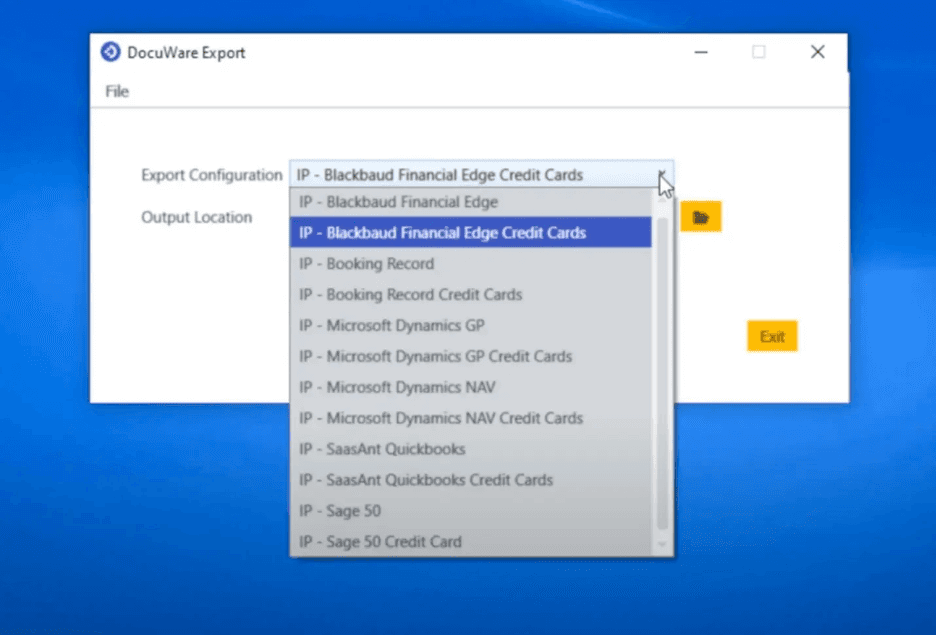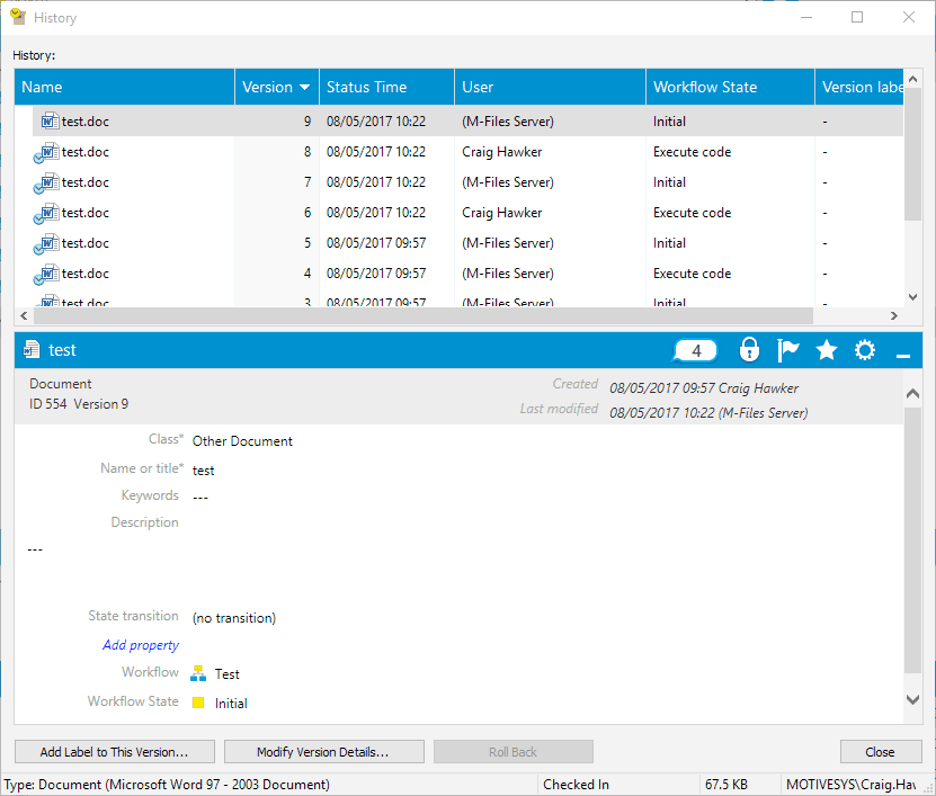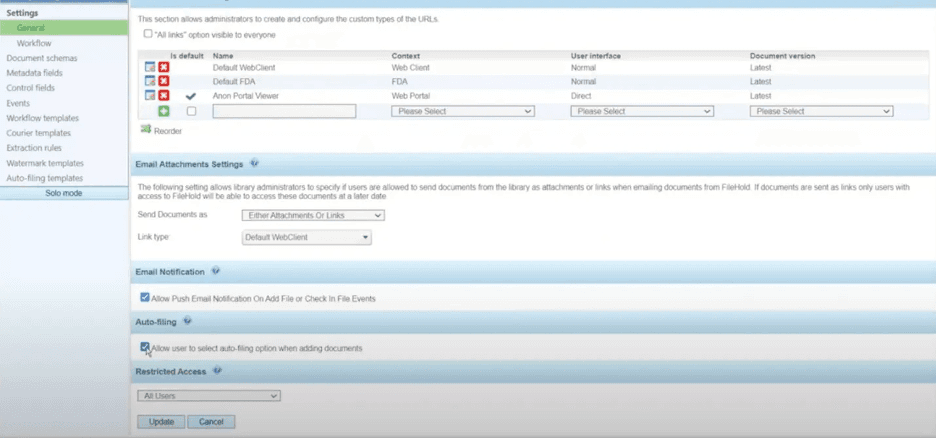While all document management systems digitize and organize documents, making them easy to retrieve and revise for users with permission, many other features might be built into your document management software. Here’s a look at some of the tools and aspects you might want to consider when choosing a document management system.
Usability
One of the most important elements of any software is usability. It could offer all the features in the world, but they won’t do you any good if the system isn’t user-friendly. Many document management systems offer free trials that allow you to test them before buying. If possible, allow your team to try out the software during the free trial period and offer their feedback on what they like and dislike about it. Since everyone has to use the system, be sure all stakeholders get the opportunity to test it out and provide insight about their experience before buying.
Document Sharing and Collaboration
While the primary function of a document management system is to digitize and organize files, most modern software also allows users to share files and collaborate on editing them. Some document management software allows users to edit a document simultaneously while others rely on a check-in/checkout feature that guarantees only one user can work on a document at a time. Others offer both options. Determine which is best for your team’s workflow and the types of documents you collaborate on together.

Document management software should make it easy to upload, download, and export data. Here, a DocuWare user configures and exports data to their desired location. (Source: DocuWare)
Version Control
Version control, sometimes referred to as “versioning,” is a critical feature of document management software that lets you keep track of changes to a document. The best document management software even maintains an archive of old versions, letting you see how documents have changed over time and revert to an old version if needed. This is especially important when collaborating to edit documents as human error could result in important information being altered or deleted. With version control, you can revert to an old version of the document and recover any lost information easily.

Version control helps organizations track changes to a document, as well as when the change was made and by whom. In this example, a series of changes can be seen to a test document in M-Files. (Source: M-Files)
Image Scanning and OCR
Image scanning and OCR are useful features for businesses that have a lot of paper records they would like to digitize. Scanning is the first step in turning a paper record into a digital file that can be imported into the software. OCR is a more advanced feature, but it’s a necessity for streamlining large digitization projects. OCR reads the text of an image and makes the content of the image searchable. The best document management systems use OCR to fill out metadata automatically and make it even easier to search for the document later.
Electronic Signatures
Document management software is often home to files that require a manager’s signature, such as purchase orders (POs). Many document management systems integrate with an e-signature tool, such as DocuSign, to allow electronic signatures. You can often send a document to a recipient with a request for their signature through the software. This can improve efficiency when it comes to getting clients to sign important documents or when onboarding new employees to the company, helping you to sign and store files in one central location.
Workflow Automation
Workflow automation features move tasks along automatically. Take a PO workflow as an example: You could set up workflow automation so that once a PO is generated, it goes to the appropriate manager automatically for their signature. The manager will receive a notification, and when the task is complete, the next relevant team member, such as someone in the accounting department or the manager’s supervisor, will be notified. If more action is necessary, you might be able to build that into the automated workflow as well. The best document management systems allow you to customize workflows to suit the way your teams work together.

Templates and automation are key features of a customizable and scalable system. In this example, a user uses FileHold to configure templates for auto-filing certain types of documents, as well as automating push email notifications for certain actions within the system. (Source: FileHold)
Automated workflows can help streamline your business processes and maintain legal compliance.
User Permissions
An essential element of document management software is the ability for administrators to set individual user permissions. Permissions allow certain users to view or edit files while others can be prevented from even seeing those documents in the system. Not only is this useful for efficiency purposes, but it is also an important security measure. The best document management software allows administrators to set permissions by specific groups, as well as to change permissions on the fly if you need to make an exception while keeping the default permissions settings the same.
Mobile Functionality
Many document management systems have a dedicated mobile app. Others rely on web browsers or online portals. Make sure the mobile version of any document management software you are considering is truly mobile-friendly. Even if you personally don’t use it on mobile devices, it is likely other members of your team will.
Not every document management system checks all these boxes while others offer all of them and more. When choosing your document management software, consider which tools and features would be most useful to your business. It is important to strike a balance between comprehensiveness and usability. Some systems can do it all but are a challenge to navigate (not to mention more expensive than simpler software).
Data Security
Data security is a vital part of any document management system. As an increasing number of businesses go digital, more customers are entrusting sensitive personal information to the companies they do business with. Your organization is responsible for ensuring sensitive information is safe and protected from a data breach.
Look for document management services that offer
encryption and compliance tools, auto-updates, data redundancy and backups.
















